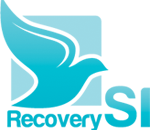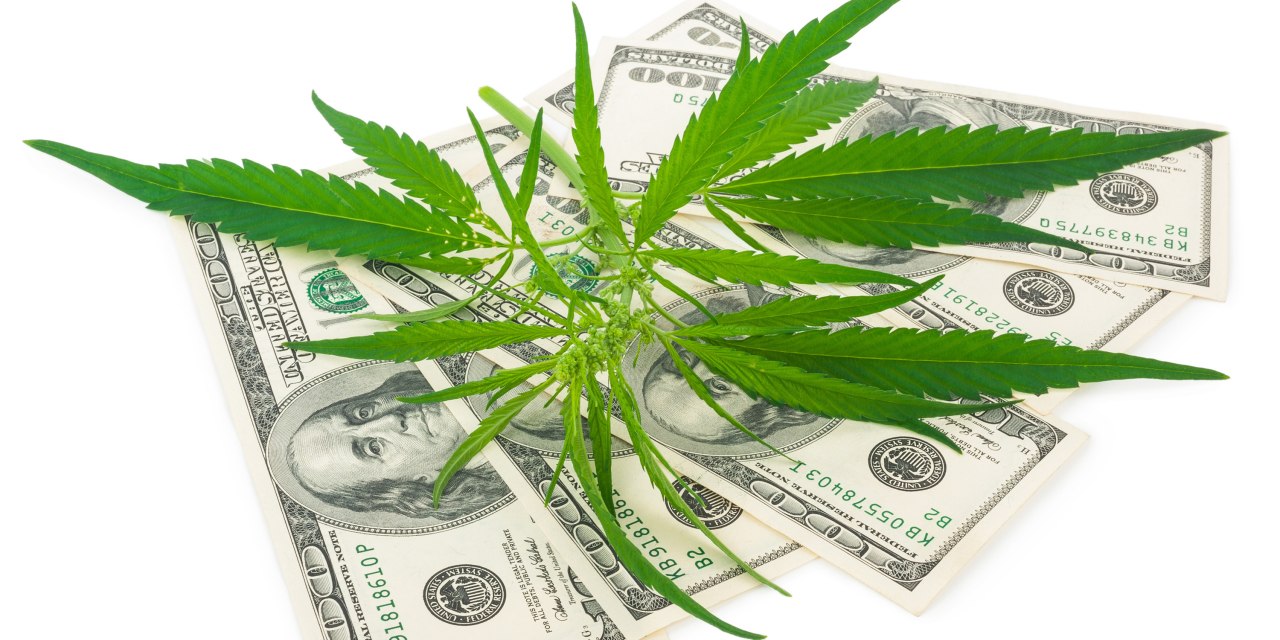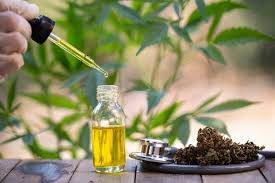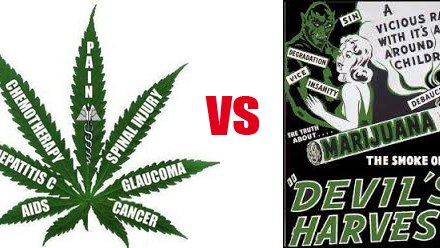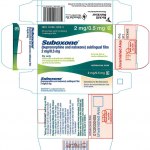One thing most experts can agree on: Today’s cannabis products, both legal and illicit varieties, are getting stronger. And stronger. And stronger still.
And no one seems quite sure what to do about that.
For instance, this recent piece in The Atlantic—
No surprise here, because that’s usually the way things develop when we’re dealing with mood altering drugs– as their tolerance increases, users require more and stronger doses to get the same effect they once got from lesser amounts. Eventually, signs of dependence may emerge, in the form of withdrawal symptoms, and the user’s motivation undergoes an important transformation: from a simple desire to get high, relax, etc., to a pressing need to relieve the pain of withdrawal.
It’s a process that applies not just to cannabis but to opioids, sedatives, alcohol.
As time passes, the marketplace changes to reflect the changing needs of the users. “People who report smoking more than 25 times a month make up about a third of marijuana users,” the article asserts, “but account for about two-thirds of all marijuana consumption.” The so-called ‘heavy users’. They need stronger products. “Thirty percent THC is the new 20 percent.”
Curiously, this shift favors the larger, better funded firms, not the Mom and Pop vendors who initially populated the marketplace. The big players merge with or acquire local brands, then aggressively lobby politicians to restrict (or even prohibit) competition from independent businesses.
How best to rectify the problem? The Atlantic piece concludes with an unusual recommendation. Instead of rescheduling cannabis, deschedule the drug. treating it the way we treat other hazardous products like alcohol and tobacco.
“Such a change,” the writer suggests, “would ideally allow the federal government, particularly the Food and Drug Administration, the power to regulate marijuana in the same way they regulate other uncontrolled substances– by overseeing packaging, advertising, and distribution. Sellers could be required to create clear, standardized nutrition-fact-style labels that indicate true THC percentage, recommended dosages, and professional suggestions for what to do in the case of a bad high.”
It’s an interesting idea, but from what I can observe, the current version of the FDA is in no shape to pull off a coup like that. Their attention is on other issues. My guess: Rather than solving a problem, we’d just create a whole bunch of new ones.
My hope is that that at some future point, society will recognize that commercial cannabis is indeed a mess, and make a serious attempt to set things right.
That’s unfortunately not the direction things appear to be heading at the moment, however.
